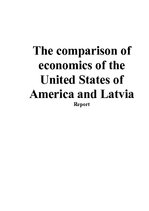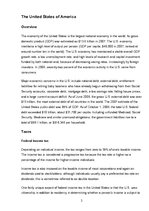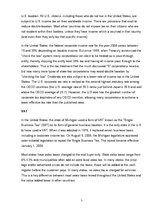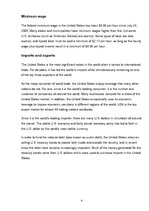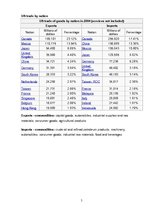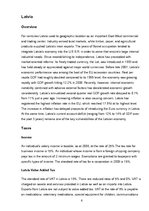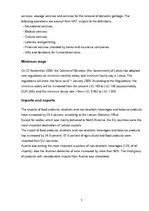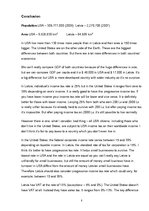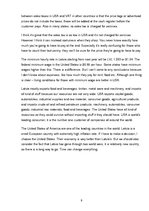Overview
The economy of the United States is the largest national economy in the world. Its gross domestic product (GDP) was estimated as $13.8 trillion in 2007. The U.S. economy maintains a high level of output per person (GDP per capita, $46,000 in 2007, ranked at around number ten in the world). The U.S. economy has maintained a stable overall GDP growth rate, a low unemployment rate, and high levels of research and capital investment funded by both national and, because of decreasing saving rates, increasingly by foreign investors. In 2008, seventy-two percent of the economic activity in the U.S. came from consumers.
Major economic concerns in the U.S. include national debt, external debt, entitlement liabilities for retiring baby boomers who have already begun withdrawing from their Social Security accounts, corporate debt, mortgage debt, a low savings rate, falling house prices, and a large current account deficit. As of June 2008, the gross U.S. external debt was over $13 trillion, the most external debt of all countries in the world.
Overview
For centuries Latvia used its geographic location as an important East-West commercial and trading center. Industry served local markets, while timber, paper, and agricultural products supplied Latvia's main exports. The years of Soviet occupation tended to integrate Latvia's economy into the U.S.S.R. in order to serve that empire's large internal industrial needs. Since reestablishing its independence, Latvia has proceeded with market-oriented reforms. Its freely traded currency, the Lat, was introduced in 1993 and has held steady or appreciated against major world currencies. Before late 2007, Latvia's economic performance was among the best of the EU accession countries. Real per capita GDP had roughly doubled compared to its 1995 level, the economy was growing rapidly with GDP growth hitting 12.2% in 2006.…
Overwiev, taxes, minimum wage, imports and exports, conclusion

